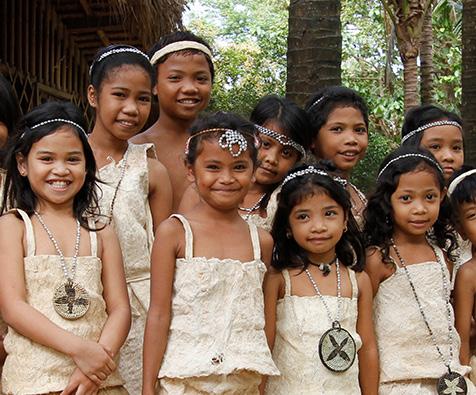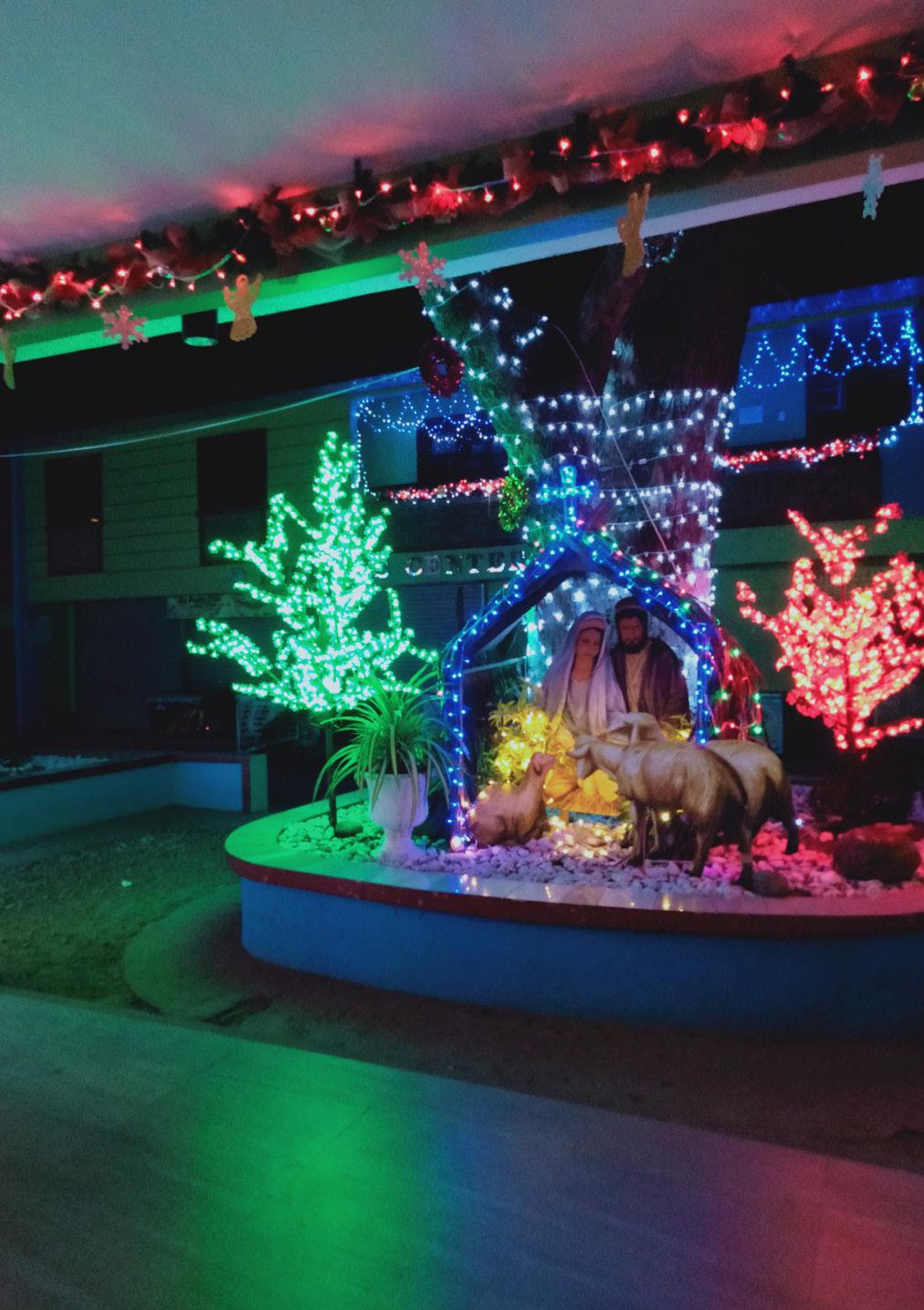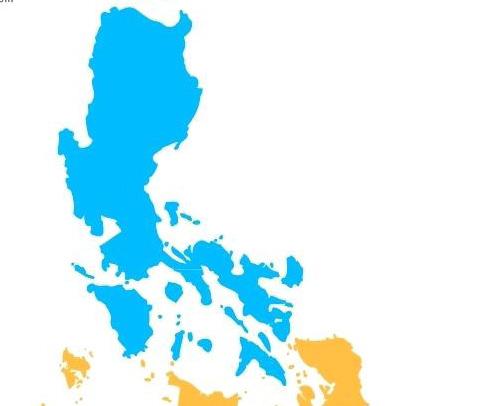
3 minute read
Meet the Indigenous Tribes of the
from Burador
MEET THE INDIGENOUS TRIBES OF THE PHILIPPINES

Advertisement
BY CECILIA JHADZIAH DIVA


LUMAD In the southern part of the country, a non-Muslim indigenous group known as Lumad can be found. They are the largest indigenous group in the Philippines. The term Lumad is a Cebuano term which translates to variations such as ‘native’ or ‘indigenous’ and ‘born of the earth’. Like the Igorots, the Lumads are comprised of about tribes namely – Blaan, Bukidnon, Higaonon, Mamanwa, Mandaya, Monobo, Mansaka, Sangir, Subanen, Tagabawa, Tagakaulo, Tasaday, and T’boli. The Lumads are generally known for their tribal music produced by the musical instruments that they have created themselves. While much cultural changes that had occurred and had been adapted after the Philippines had been colonized by different countries, different indigenous tribes of our country still have their traditions and customs intact considering the fact that they were not affected by American or Spanish colonization since they mostly reside near the mountain areas of the country. However, they are still one of the most marginalized people and least privileged. Because of these factors as well, the usual Mang Juan is not at all familiar with his own indigenous tribe in his own land much more the difference and unique characteristics of each tribe. IGOROT The Igorots are probably the most well-know indigenous tribe in the Philippines. They are composed of more different tribes in the northern part of the country which includes Bontoc, Ibaloi, Isneg, Kalinga, Kankanaey and Tinguian groups. The Igorot tribe is popular as rice-cultivators as an assortment of the group called Ifugaos were known and recognized for creating the famous Banaue Rice Terraces. Other northern indigenous tribes also includes the Isnag from Apayao and Gaddang, and the Ilongots who reside within the Sierra Madre and the Caraballo Mountains. The Ilongots are known for their intense aggressiveness and cultural conservatism. 38 devcomm
BADJAO Badjaos are known as the ‘sea tribes’. It is said that the Badjao children would learn how to swim first before they learn how to walk. They are originally from the islands of Sulu in Mindanao though some of them already moved to different parts of the country.

Due to a continuous conflict in the Mindanao area, Badjaos are forced to migrate to neighboring countries such as Malaysia and Indonesia. The Badjaos’ main source of living are being divers, fishermen and navigators.
MANGYAN Mindoro serves as a home to the indigenous tribe known as Mangyan. Like the Lumads, they also have a big population with eight different Mangyan goups in the country.

In contrast with the headhunting tribes of the North and warrior tribes of the South, Mangyans are generally peaceful in nature. Up to this day, a large percentage of the tribe still practice animistic religious beliefs while some have already embraced Christianity.
AETA OR NEGRITO The Aetas or Negritos are one of the earliest inhabitants of the Philippines and are now scattered in the mountainous areas of the country. They are characterized by their dark to dark brown skin. They are also known for their skills in weaving and plaiting and are experts in herbal medicine.

Today, most Aetas stay in their ancestral lands as they preserve their culture and traditions. However, they still experience discrimination and even land-grabbing from different sectors of the country.
These are only some of the many indigenous groups in the country. With almost more than 7,000 islands, there surely is a flourishing of different cultures and practices particularly from the earliest inhabitants of the Philippines. And while they continue to preserve and protect what is essentially and rightfully theirs, our is the mission to learn and respect. Image courtesy of google.com










